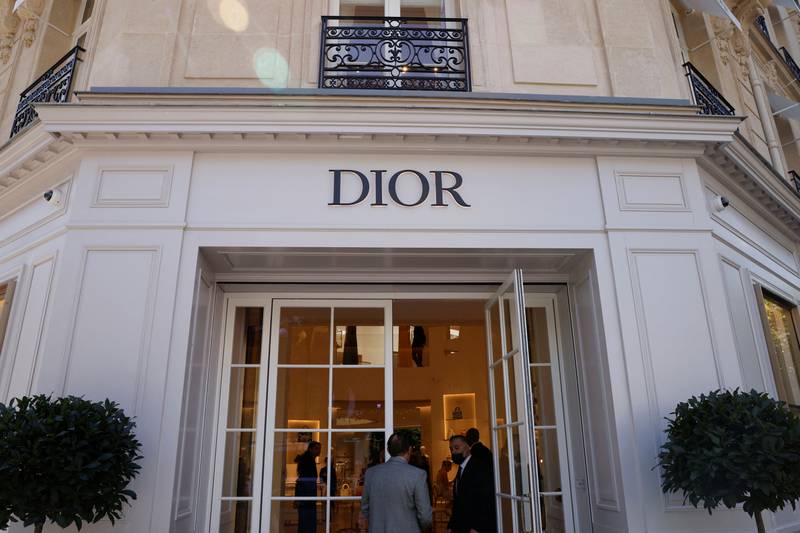Dior accused of 'shamelessly' appropriating Chinese culture
21 July, 2022

Dior is being accused of cultural appropriation, after creating a skirt that is said to closely resemble a traditional Chinese garment dating back to the Song dynasty.
Key to this latest wave of criticism is Dior describing the skirt as “a hallmark silhouette”, with no acknowledgement of the cultural influences that might inform the design. Part of the label’s autumn 2022 collection, Dior’s design is priced at $3,800 and features pleated fabric on either side, along with four slits.
An opinion piece in People.cn, the online portal of China’s People’s Daily, was also published on Chinese social media platform Weibo on Saturday. Along with the hashtag “cultural appropriation”, the story called Dior’s actions shameless. “The so-called Dior silhouette is very similar to the Chinese horse-face skirt. When many details are the same, why is it shamelessly called a ‘new design’ and ‘hallmark Dior silhouette’?”
The article went on to insist that the French fashion label had a responsibility to respond to its accusations, but Dior has yet to comment. “Dior should respond to the concerns of netizens as soon as possible. This would show that an internationally renowned company is responsible for its own corporate culture and pays tribute to world history and cultural heritage.”
Weibo users have joined the wave of criticism. “Dior appropriated traditional Chinese clothing and claimed to be its own iconic design? As a Hanfu fan and Dior consumer for many years, I am very disappointed, I hope to get an official reply #DiorCulturalAppropriation#," wrote content creator Ten Tone Shiyin, who has more than one million fans on Weibo.
There has also been some debate as to the origins of the Chinese horse-face skirt, or ma mian qun, which is believed to date back to the 10th century Song dynasty, but was also worn during the Ming and Qing dynasties.
This latest backlash highlights the challenges faced by international brands trying to do business in China. In a study published on July 11, the Swedish National China Centre highlighted how “consumer boycotts of foreign companies have become an increasingly common phenomenon in China. Between 2008 and 2021, we have found evidence of 90 boycotts of foreign companies, the majority of which have occurred since the beginning of 2016.”
While there are various catalysts for brands being boycotted by Chinese consumers, an important one noted by the study is: “Reaction to business communications or marketing seen as prejudiced against China or the Chinese people, such as accusations of racism and cultural appropriation.”
The 2021 backlash against Swedish fashion retailer H&M remains one of the most extensive state-sponsored boycotts so far, but brands such as Dolce & Gabbana, Lululemon, Zara, Hugo Boss and Burberry have all fallen foul of Chinese consumers and authorities in recent years.
While Dior may well be considering ways to appease its detractors, the Swedish National China Centre study confirms that it is not always easy to get back into Chinese consumers’ good graces. “Apologising is no guarantee of saving the company from a further backlash. In fact, many apologies have been seen as insincere by Chinese consumers while others have backfired by drawing further attention and criticism.”
Source: www.thenationalnews.com
TAG(s):
